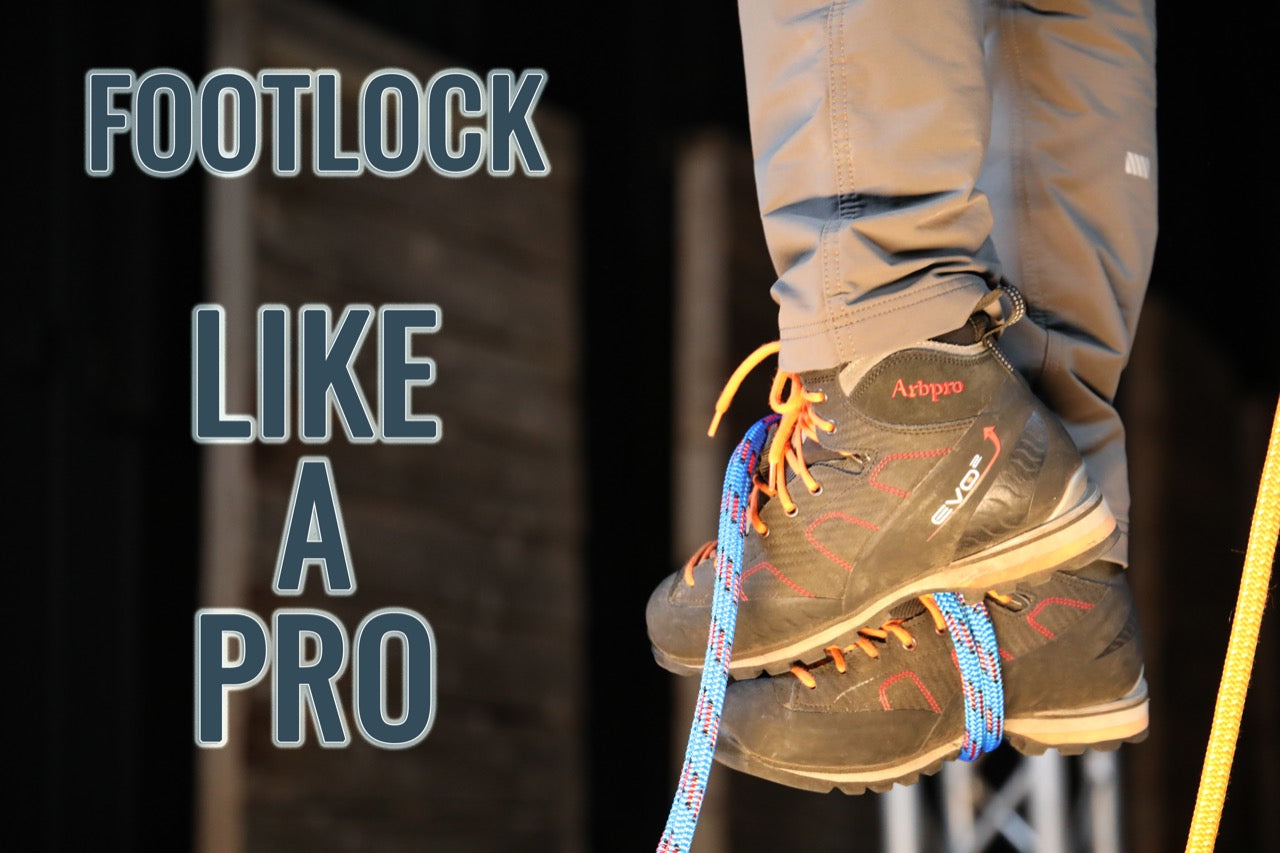
A Guide to Footlocking
Could Foot Locking be the Secret to Successful Climbing?
Is foot locking making a comeback into the industry?
Do climbers still practice this method?!
Did it ever leave at all?
Foot locking is one of the oldest known techniques in climbing, and is still an effective way to access the canopy. While foot locking has never completely gone away, it has become cast aside by some in favor for using more modern ascent methods. These changes have turned foot locking into a lost art, but it still holds its place as a useful techniques for all climbers to know! After all, what if you forget critical gear but still need to get up in that tree? Foot locking can be done with minimal equipment necessary! Foot locking does take practice and practice makes perfect!
Tips for Successful Foot Locking
The video above covers the actual steps to foot lock. However, we also have these extra tips that the video doesn't cover.
Don’t overreach. This can lead to losing some of your pulling power, plus it’s going to be uncomfortable
Don’t rock your body backwards in an effort to catch a lock at head level. If you do this, standing up will take an unnecessary amount of energy and will fatigue you fast! Instead, practice finding your comfort zone where you can raise yourself without rock backwards.
Adjust your foot lock prussic or whatever climbing system you chose to ascend with. This can dictate how good your locks are as well and is something you will have to find through trial and error, as everyone has different arm spans.
If you are only practicing and just rocking the foot lock prussic; you must use a Figure 8 to descend safely. Descending on a 6-coil Prussic or Klemheist alone, could be uncontrolled.
As you reach the point where the rope begins to spread towards the tie-in point, the spread of the rope will increase and can potentially cause hitch failure. The general rule here, is to keep you’re your ascending hitch a reasonable distance from “the spread”. It is said to be five inches for every one inch of limb diameter, a 1:5.
In this video, Cody shows off his favorite way to foot lock: in conjunction with a CT Double Hand Ascender!
Get Steppin!
Remember that this isn't the only climbing method you can use, it's just one that's tried and true. Try giving it a shot, familiarize yourself with the technique and how it functions. I firmly believe knowing the absolute fundamental skills of climbing. Not to mention, you’ll look like a total badass once your technique is perfected. I almost guarantee you're going to look and feel a little silly when you first try foot locking but don't get discouraged!

Leave a comment